The Flavian Amphitheatre (The Colosseum)
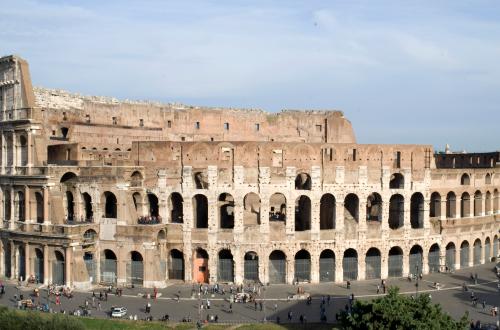
 Condividi
Condividi
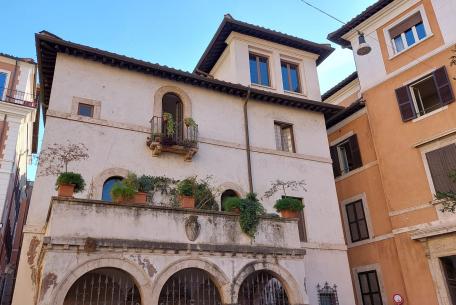
The charming two-story 15th-century building, with its altana and porch, is linked to the name and history of Fiammetta Michaelis.
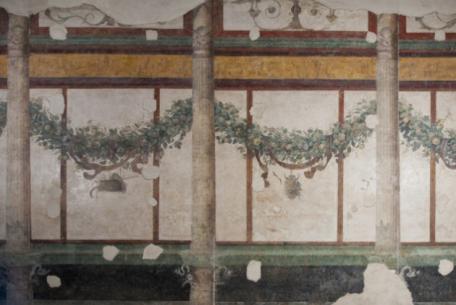
The building was built on the Palatine Hill in the first half of the 1st century b.C.,
[...]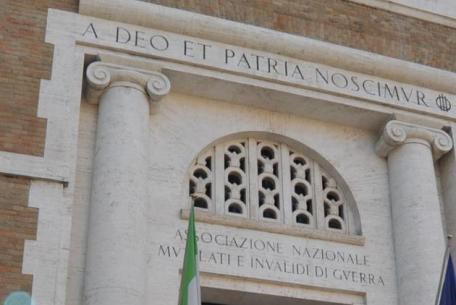
The palace on Piazza Adriana was commissioned by Carlo Delcroix, President of the National Association of the Mutilated and Invalids of War (ANMIG) and was built b
[...]
The protohistoric house is located near Castel Giubileo in Rome, in the area where the ancient city of Fidenae once stood and reproduces, in full scale, <
[...]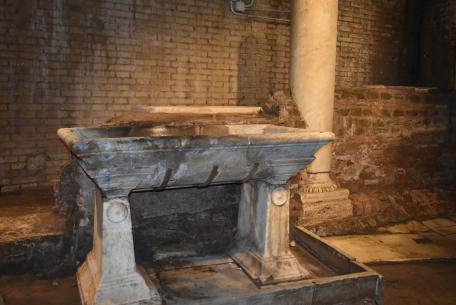
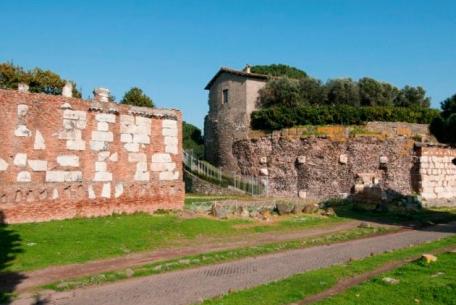
Along the via Appia Antica, at the sixth mile, is Casal Rotondo, the largest circular mausoleum of th
[...]
A casale surrounded by greenery, built by incorporating an ancient Roman monument inside it, an imposing four-faced arch from the fourth century AD.
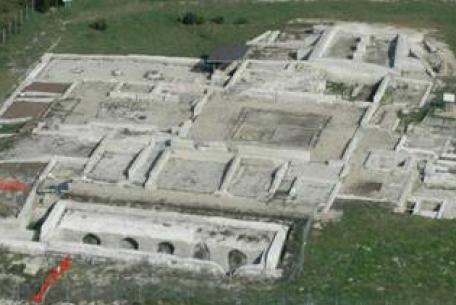
The area known in Roman times as Lorium, was the first coach house of the Via Aurelia, located at the XII mile of the consular road.

The casale of Sant’Eusebio, built between the 12th and 13th centuries, stands along the via Tiburtina near the Aniene river, in a dominant positio
[...]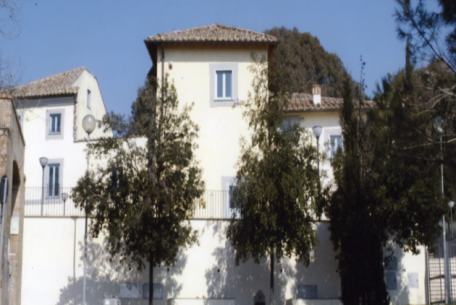
The two Casali Mellini stand on the left side of the southern entrance of the Villa of the same name, currently the Astronomical Observatory.
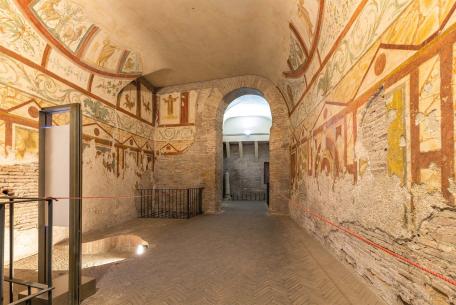
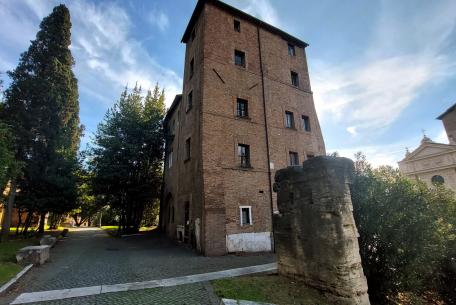
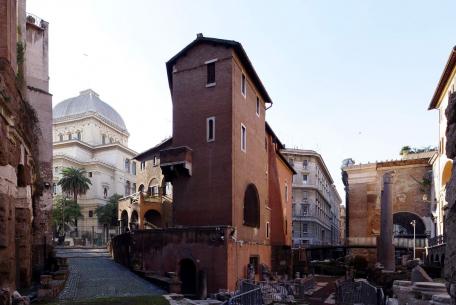
In the ancient Jewish Ghetto, close to the Portico of Octavia, we can see a beautiful 13th-cent
[...]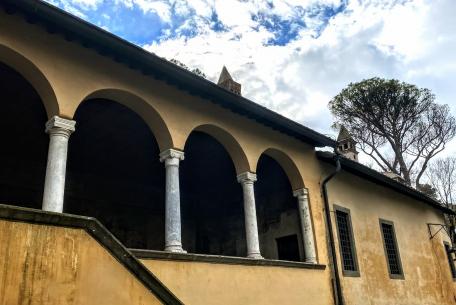
This unusual example of an extra-urban Renaissance villa is located along via di Porta Sa
[...]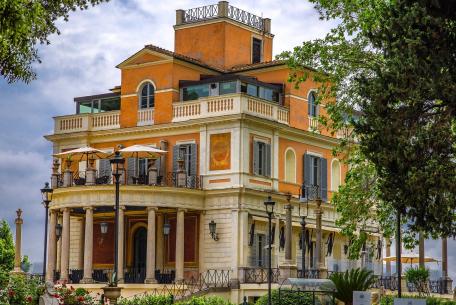
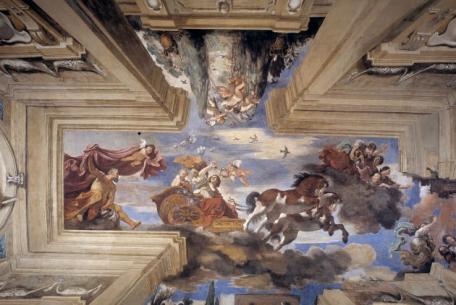
Admired by poets and writers such as Goethe, Stendhal, Gogol and D’Annunzio, the Villa Ludovisi with its enchant
[...]
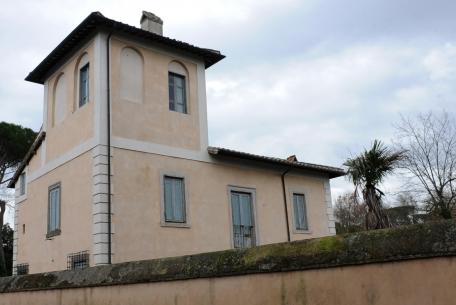
The Casino del Graziano is a delightful building surrounded by the greenery of Villa Borghese, nea
[...]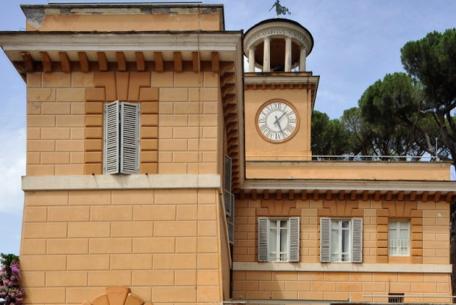
Located between Piazza di Siena and Viale dei Cavalli Marini, along the axis that leads from the
[...]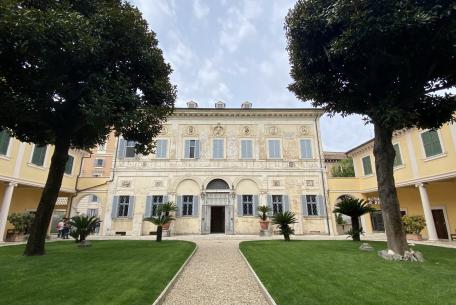
Built in the early 1600s at the behest of the Marquis Vincenzo Giustiniani, designed by Carlo Lambardi, the elegant two-storey casino, with a loggia opening onto a
[...]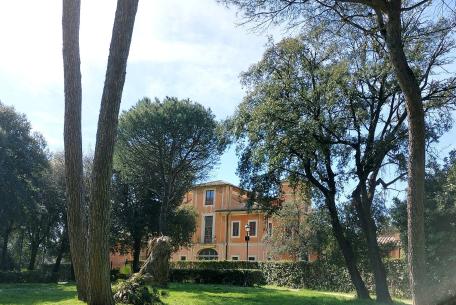
The history of the villa is linked to the vicissitudes of the Carpegna family and in particular to
[...]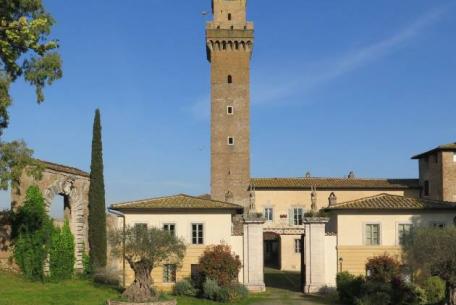
Located in the Giuliano-Dalmata district, the historical complex is characterized by different construction periods.
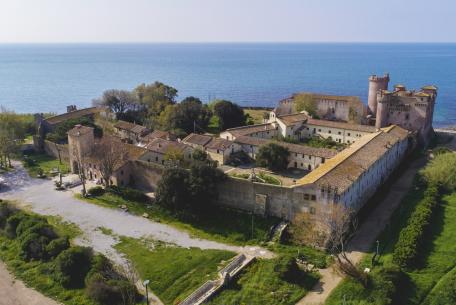
The Castle of Santa Severa in Santa Marinella traces its origins to the Roman period.
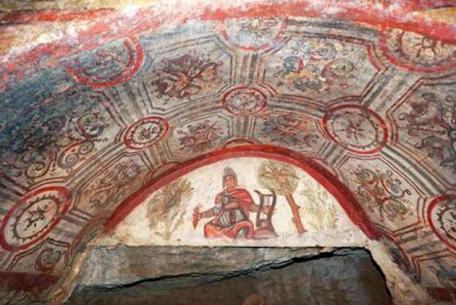
The catacombs of Saints Marcellino and Pietro are located in an area crossed by the ancient via Labicana, today's via Casilina.
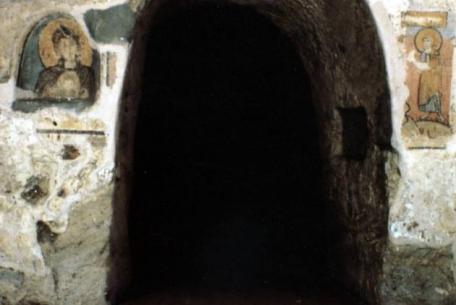
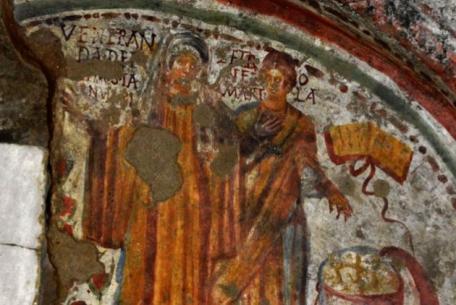
The Catacombs of Domitilla are located along the ancient via Ardeatina and are among the largest in Rome; their origin dates back to some burial grounds built on a
[...]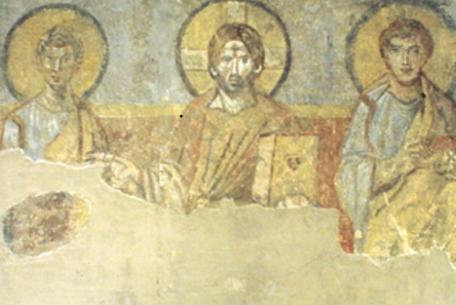
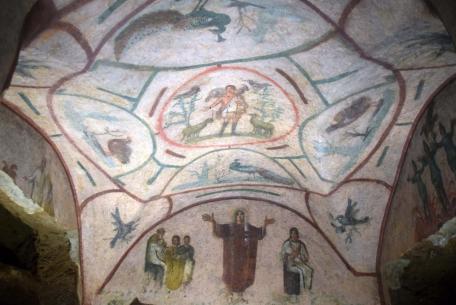
40 thousand burials in 13 kilometer long tunnels, including simple common loculi and frescoed cubicles, with an unusually high number of popes and martyrs that ear
[...]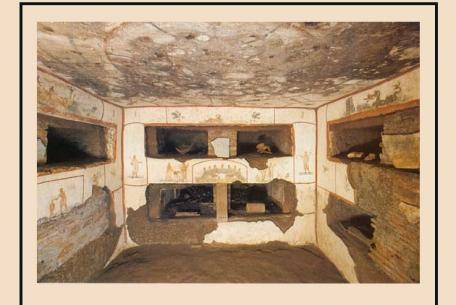
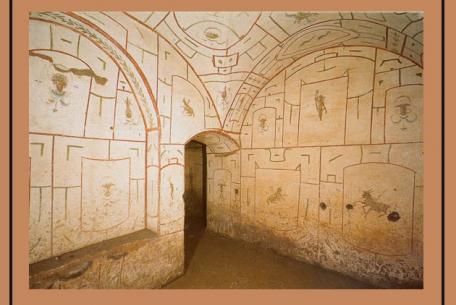
The Catacombs of San Sebastiano were used as a burial pagan place, then at the end of the 2nd century, they were transformed as a Christian Necropolis dedicated to the Saints Peter
[...]
 Condividi
Condividi
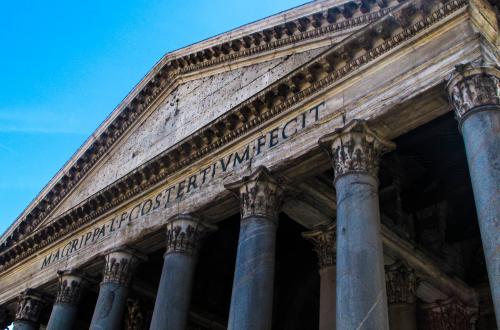
 Condividi
Condividi
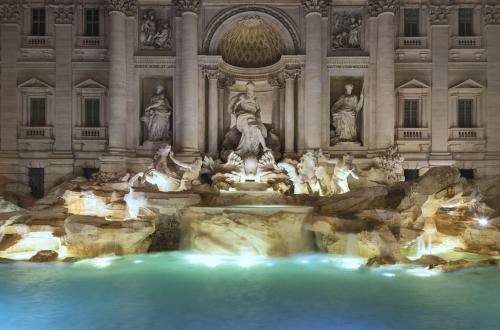
 Condividi
Condividi
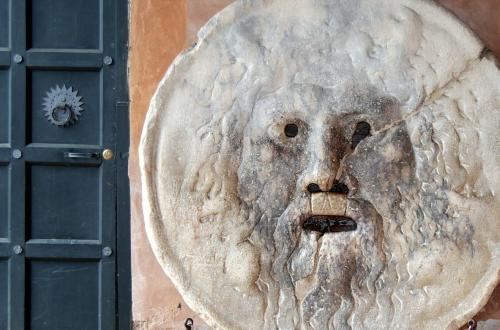
 Condividi
Condividi
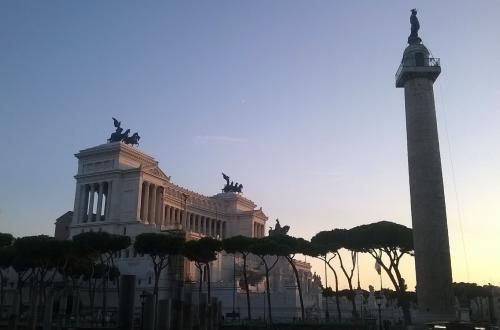
 Condividi
Condividi
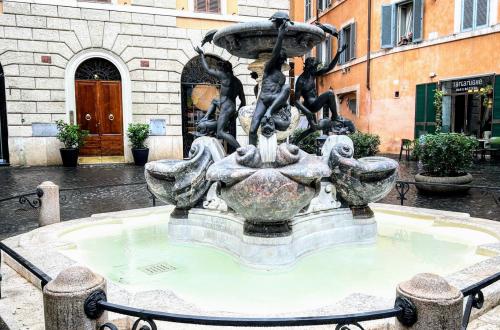
 Condividi
Condividi
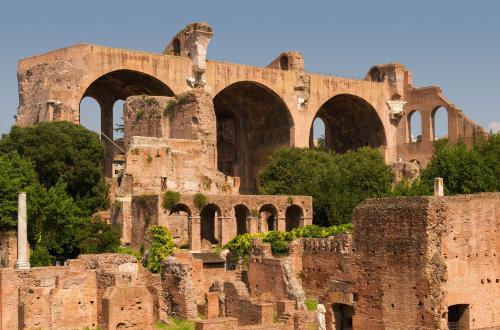
 Condividi
Condividi